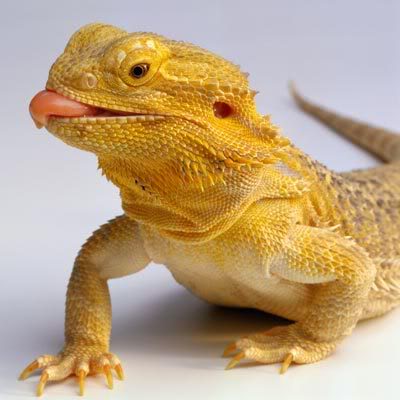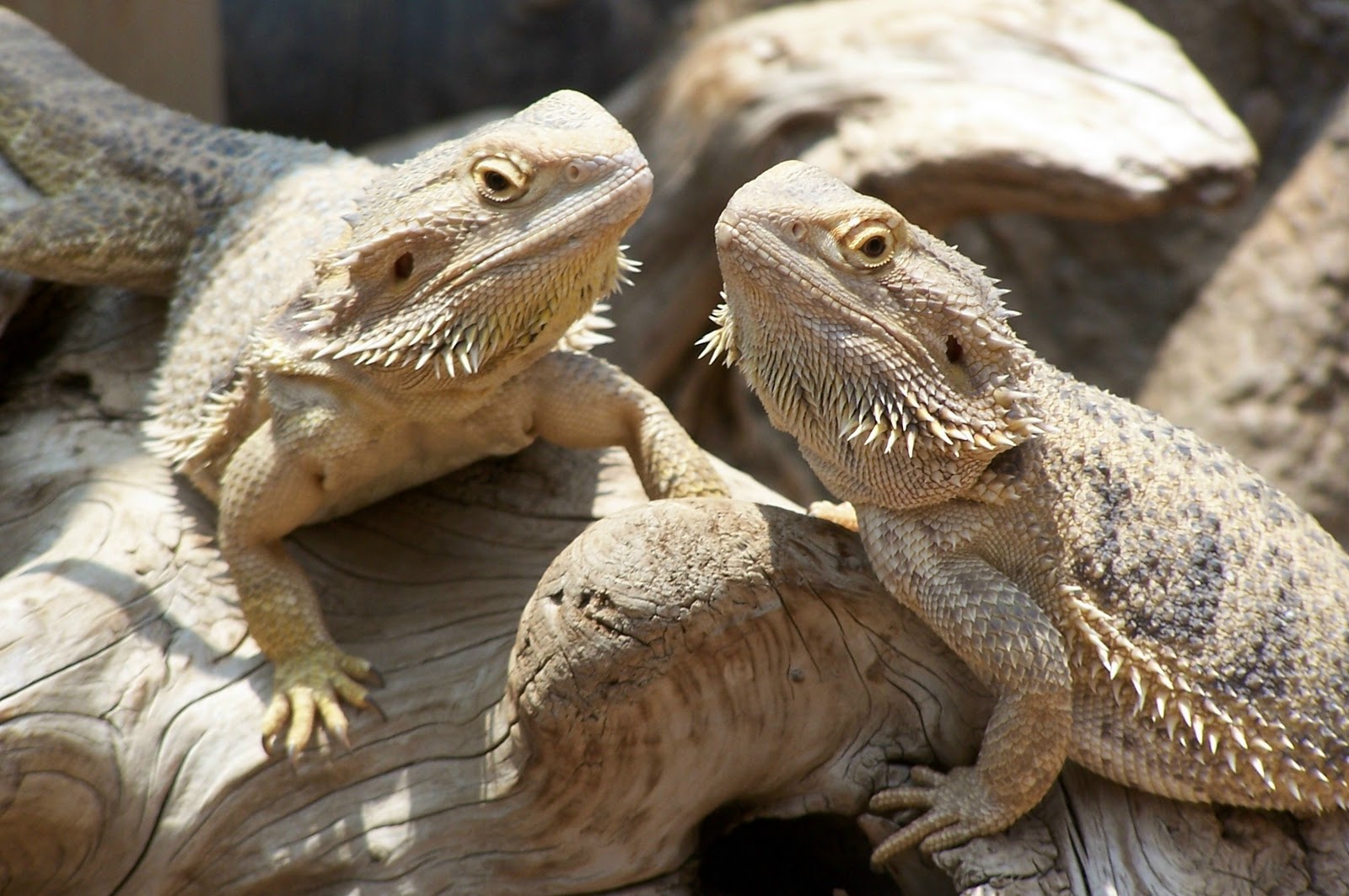Bearded Dragon Care 101: A Beginner's Guide to Keeping Your Dragon Happy and Healthy
Bearded Dragon Care 101: A Beginner’s Guide to Keeping Your Dragon Happy and Healthy
If you’re a first-time owner of a bearded dragon, you may be feeling overwhelmed about how to properly care for your new pet. Fear not, fellow dragon enthusiast! In this beginner’s guide, we will cover all the basics of bearded dragon care to ensure your scaly friend is living their best life.
Bearded Dragon Habitat
The first thing you need to consider when taking care of a bearded dragon is their habitat. A 20-gallon tank is the minimum size for a bearded dragon, but bigger is always better. Make sure your tank has a secure lid to prevent any escapes.

You should provide a basking spot for your bearded dragon with a temperature between 95-105°F, as well as a cooler side of the tank in the mid 80°F range. Make sure to provide ample lighting for your dragon, both UVB and UVA for 12-14 hours a day. An under-tank heater can also be used for cooler temps.
Bearded Dragon Diet
Bearded dragons are omnivores, meaning they eat both plant and animal matter. A diet consisting of 80% vegetables and 20% insects or other protein is recommended. Suitable vegetables include collard greens, dandelion greens, bok choy, and squash. Crickets, dubia roaches, and mealworms are great protein options.

It’s important to properly dust any insects with calcium and vitamin D3 powder before feeding to ensure a healthy, balanced diet. Make sure to remove any uneaten food within 20 minutes to prevent spoilage and bacterial growth.
Bearded Dragon Health
Regular check-ups with a reptile veterinarian are recommended to ensure your bearded dragon is healthy. Signs of illness in bearded dragons include lethargy, loss of appetite, weight loss, and sunken eyes. A key component of bearded dragon health is keeping their habitat clean, so make sure to spot clean daily and deep clean every month.

It’s also important to regularly trim your bearded dragon’s nails and monitor their shedding process. For problem shedding, a warm bath can help loosen any old skin. In addition, do not allow your dragon to ingest any substrate, as this can cause impaction and bowel issues.
Bearded Dragon Behavior
Bearded dragons are sociable creatures and enjoy interaction with their owners. It’s important to handle your dragon frequently to encourage socialization and reduce aggressive behavior. Additionally, providing hiding spots and climbing structures within their habitat can help address any boredom or stress your dragon may be experiencing.

When introducing a new food or object to your dragon, do so gradually to prevent any stress or shock.
Conclusion
Taking care of a bearded dragon can be a rewarding experience for both you and your scaly friend. Remember to provide a proper habitat, a balanced diet, regular check-ups, and plenty of socialization to keep them happy and healthy. With the tips outlined in this guide, you’ll be a bearded dragon care pro in no time!
